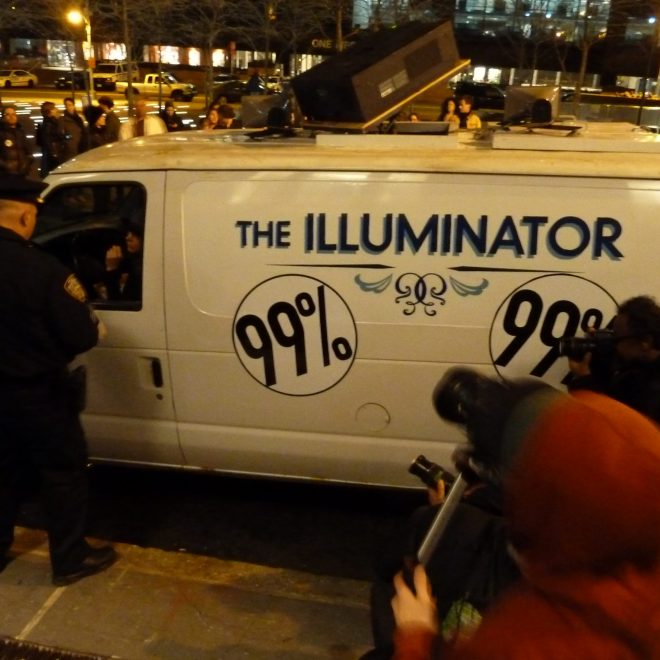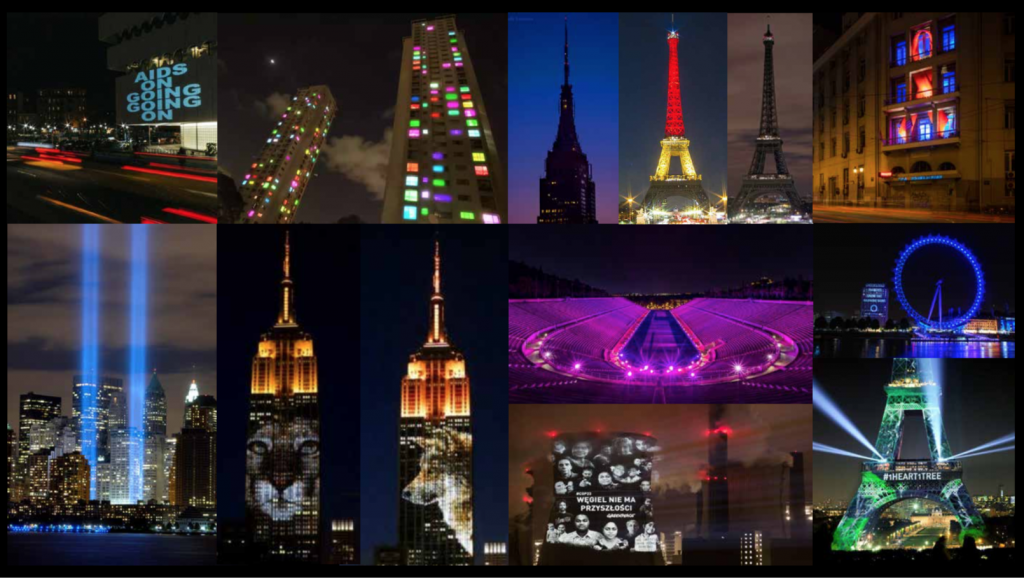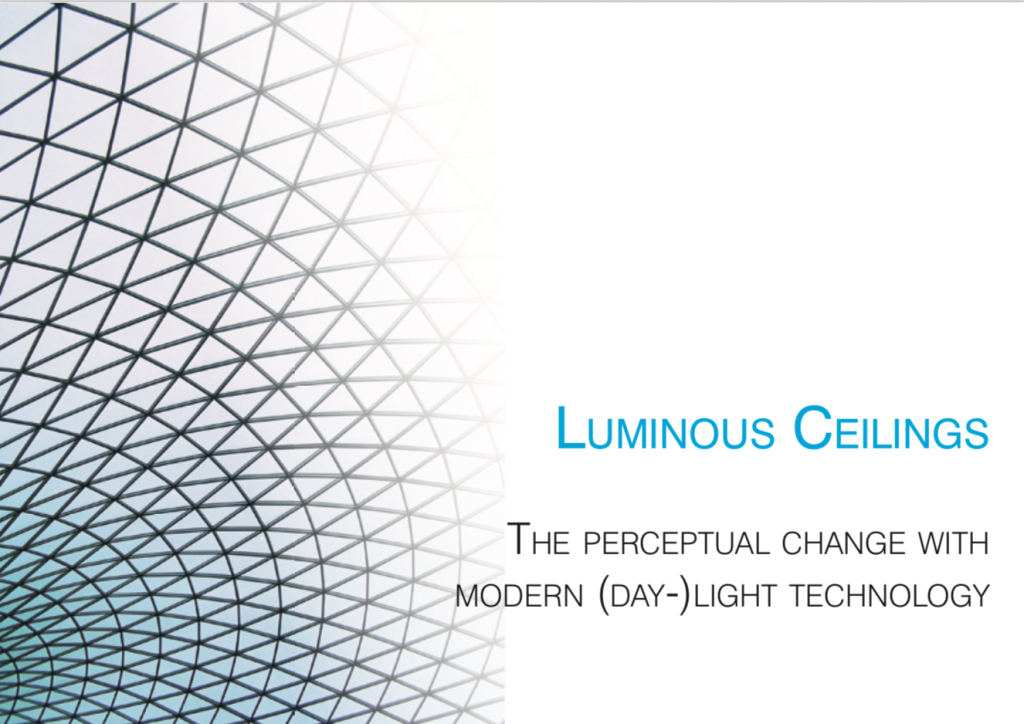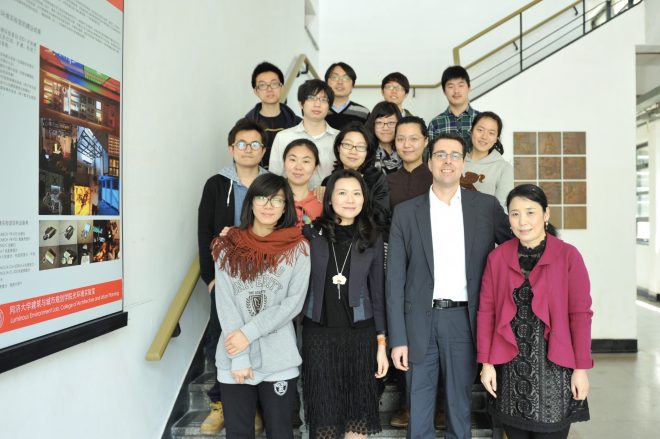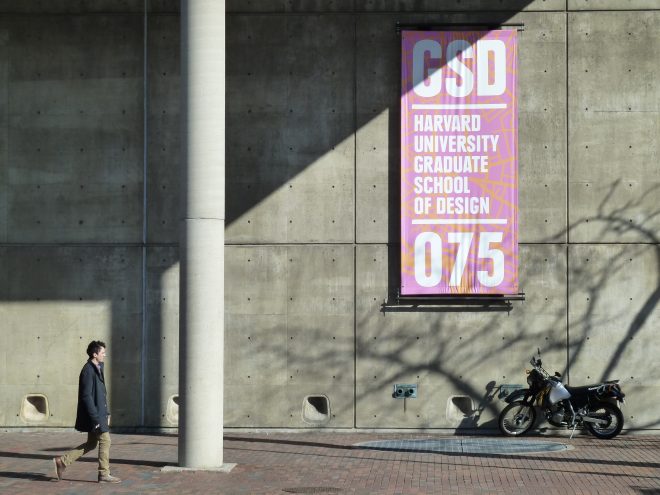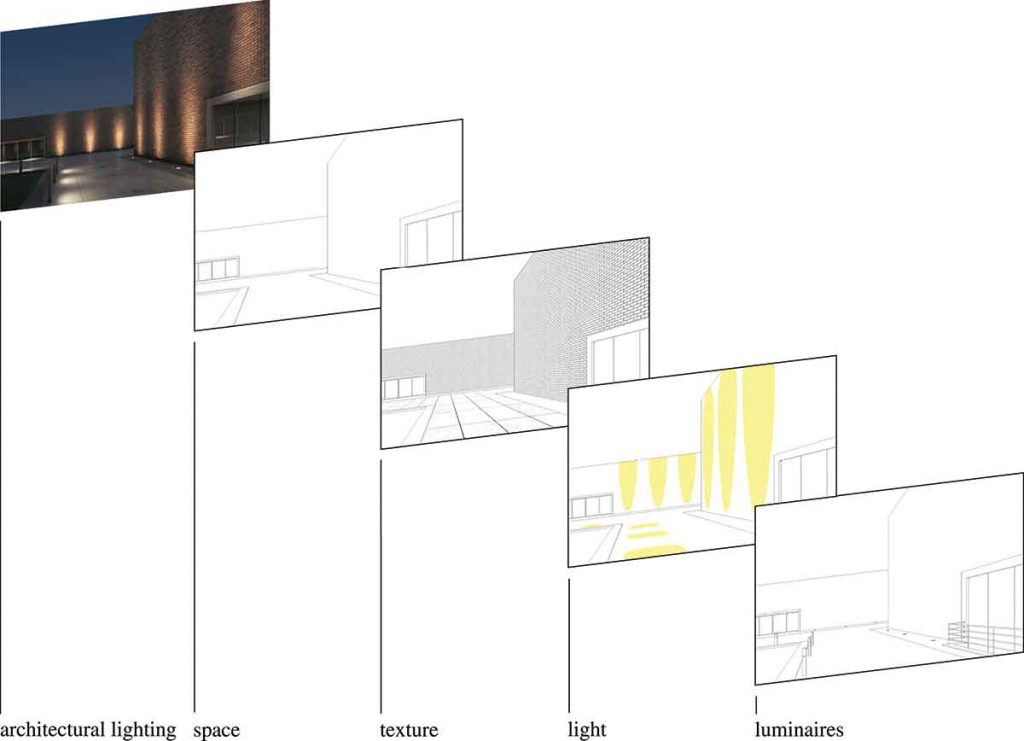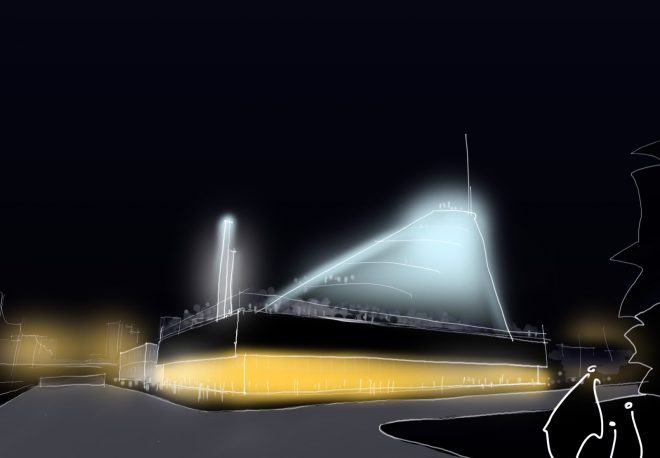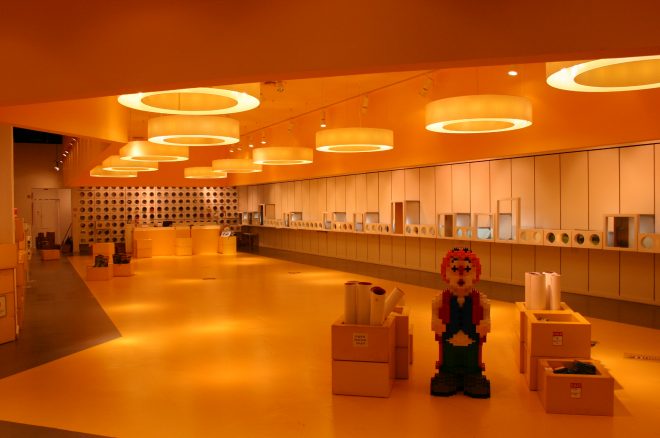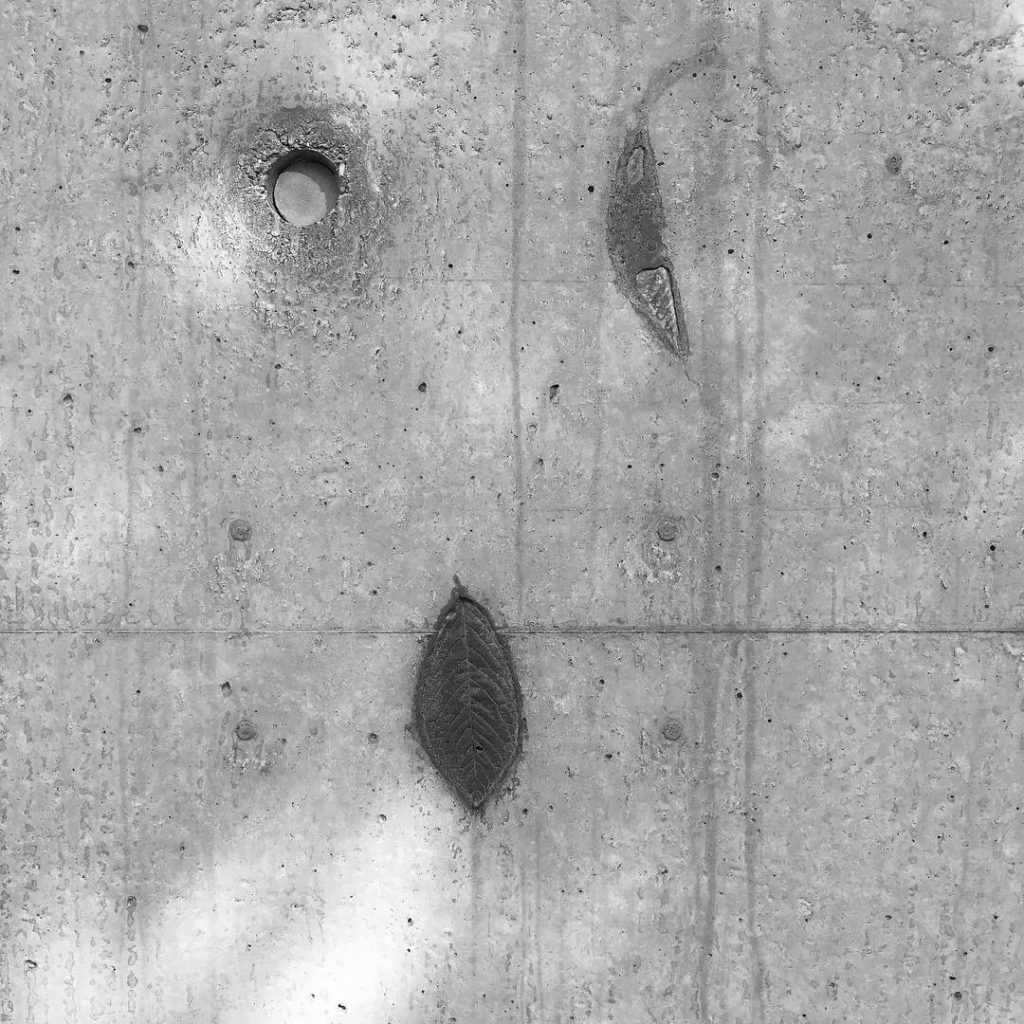The sports arena or sport stadiums of today are no longer standing just as engineered genius when there is growing emphasis on architectural lighting. In fact, they are fast becoming colossal icons of sport, culture and pure aesthetic. Tey can be said to be themselves – landmarks in their complete right. And it might not be too far to say as well – emblems of a people altogether. Above functionality, architects and designers are making sports stadiums works of art. Specifcations to the letter for materials and lighting are tailored smartly to efect a lasting impression in viewers’ minds.

Publications
- Illuminating Stadiums. In: Futur Arc. Singapore 2007 first quarter, Vol 4, p.94-98.
- BCI Asia Construction Information Ltd.
- Big on sports, bigger on sports stadiums. In: Lighting Today. Singapore 2006 No. 1, p.46-59. Trade Link Media.
- The iconographic power of stadium lighting. In: Professional Lighting Design. Gütersloh 2006 No. 48, p.44-48. Verlag für Innovationen in der Architektur.
Conferences
- Stadiums as images of light. International Congress for the Design, Construction, Modernization and Management of Sports and Leisure Facilities. Cologne, 2007
- Let there be light! Architectural considerations in lighting design. Stadia Design & Technology. Warsaw, 2009


